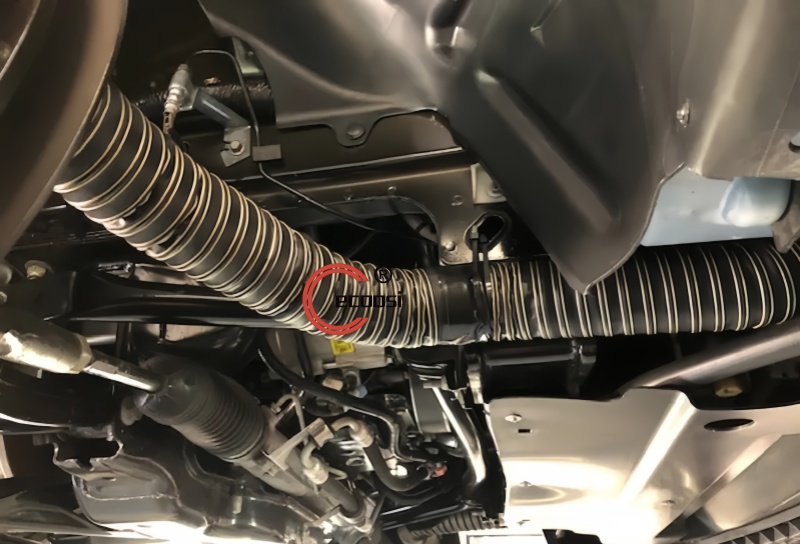
What is a Neoprene Duct Hose?
Duct hoses are vital components across various industries, enabling the transport of air, gases, and occasionally solids from one location to another. Among the materials used to manufacture duct hoses, neoprene stands out for its exceptional properties. This article explores what neoprene duct hoses are, their benefits, applications, and key considerations for their use.
Understanding Neoprene
Neoprene is a synthetic rubber first developed by DuPont in the 1930s as a substitute for natural rubber, which was scarce during World War II. Renowned for its resistance to oils, chemicals, and extreme temperatures, neoprene quickly became a versatile material for numerous applications, including duct hoses. Its ability to endure harsh environments makes it a preferred choice for demanding conditions.
Benefits of Neoprene Duct Hoses
Neoprene duct hoses offer several advantages:
Durability: They withstand high temperatures, ideal for handling hot air or gases.
Chemical Resistance: Exposure to oils and chemicals does not easily degrade them.
Flexibility: Their pliability allows installation in confined spaces.
Longevity: Compared to other materials, neoprene hoses have a longer lifespan, reducing replacement frequency and maintenance costs.
Additionally, neoprene duct hoses typically operate within a temperature range of -40°F to 250°F and are often reinforced with a wire helix to maintain shape under vacuum conditions. Their smooth inner lining minimizes airflow resistance and simplifies cleaning.
Applications of Neoprene Duct Hoses
Neoprene duct hoses are employed in diverse settings:
Industrial Ventilation: They remove fumes, dust, and particulates in manufacturing plants, such as exhausting welding fumes or supplying air to furnaces.
HVAC Systems: Used in commercial and residential buildings for efficient air movement.
Automotive Industry: In engine compartments, they manage airflow while resisting high temperatures.
Marine Industry: They provide ventilation in engine rooms, withstanding saltwater and humidity.
The availability of various types—differing in wall thickness, diameter, and reinforcement—ensures suitability for both high- and low-pressure applications, with custom options available for specific needs.
Choosing the Right Neoprene Duct Hose
Selecting an appropriate neoprene duct hose involves evaluating:
Temperature Range: Ensure it matches the application's heat or cold requirements.
Substances Transported: Confirm compatibility with gases, chemicals, or solids.
Flexibility and Size: Match diameter and length to the installation space.
Pressure Ratings: Verify it meets operational demands and industry certifications.
Maintenance and Safety
To maximize lifespan, regularly inspect neoprene duct hoses for wear, such as cracks or abrasions, and clean them to remove debris buildup. Store them in a cool, dry place away from sunlight to prevent degradation. For safety, ensure proper installation to avoid leaks, and use certified hoses for hazardous substances.
Comparison with Other Materials
Compared to PVC or silicone, neoprene excels in resisting oils and chemicals, making it ideal for industrial use. However, it may be costlier, so the choice depends on specific application needs.
Conclusion
Neoprene duct hoses are a reliable, durable solution for transporting air and materials in challenging environments. Their resistance to extreme conditions, flexibility, and extended lifespan make them invaluable across industries, from ventilation to automotive applications.
Ecoosi specializes in industrial neoprene ducting hose solutions. If you have questions or need additional information about our flexible duct hoses, please do not hesitate to click contact us or send an email to:info@eiduct.com or Whatsapp to:+86-187-1155-3123, or our other website:ductinghose.com, we will try our best to support you!
 German
German French
French Spanish
Spanish Portuguese
Portuguese Russian
Russian Japan
Japan Italian
Italian
 Send Email
Send Email Jim5040
Jim5040